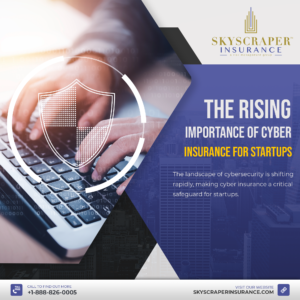In the insurance and claims sector, business culture is not just a “nice-to-have” but a critical driver of success. Culture influences every aspect of a company—from employee satisfaction and engagement to client relationships and sales. While a toxic culture can be easy to spot, building and sustaining a strong, positive culture requires intentional effort, especially for companies with an international presence.
What Defines Business Culture?
Business culture encompasses the “why” and “how” of operations rather than simply the “what.” It’s the mission, values, and purpose that influence daily actions and shape interactions among employees, clients, and stakeholders. For instance, McLarens, a global claims management firm, prioritizes fairness and independence in its operations, fostering a collaborative environment that emphasizes professional expertise.
Three Steps to Building a Strong Culture
- Define and Communicate Shared Values
Establishing shared values is the foundation of a cohesive culture. Values like accountability, respect, and teamwork guide how employees interact and drive company goals. Embedding these values across all organizational levels ensures they become part of daily operations, supported by leadership’s active role in promoting them. - Empower Employees to Have a Voice
Encouraging employees to share their perspectives is essential, particularly in a global company. Regular feedback, such as internal engagement surveys, helps gauge employees’ feelings about their workplace, offering insights into the culture’s strengths and areas needing improvement. When employees feel heard, they feel more connected and invested in the company’s success. - Develop an Action Plan for Culture Reinforcement
Once values are defined and feedback is gathered, developing an action plan is crucial. McLarens, for example, uses three pillars: purpose, progress, and place. These pillars guide efforts to positively impact communities, support career development, and foster an inclusive, supportive work environment. Tailoring this plan to different roles helps ensure everyone feels connected to the organization’s values.
Building a Culture for Long-term Success
A strong, intentional culture is essential for sustained success. In a globalized environment, aligning culture with business goals can enhance performance and employee well-being. By defining values, empowering employees, and implementing actionable plans, insurance firms can foster a culture that not only attracts talent but also drives enduring success.




